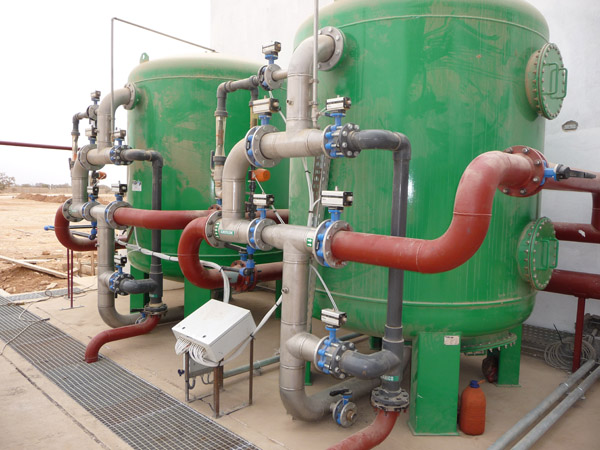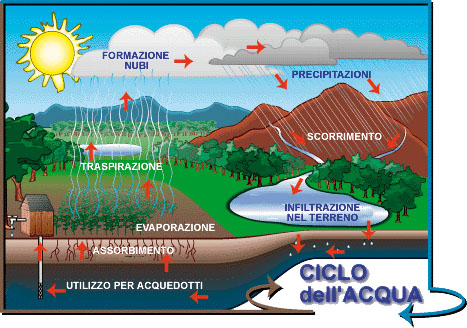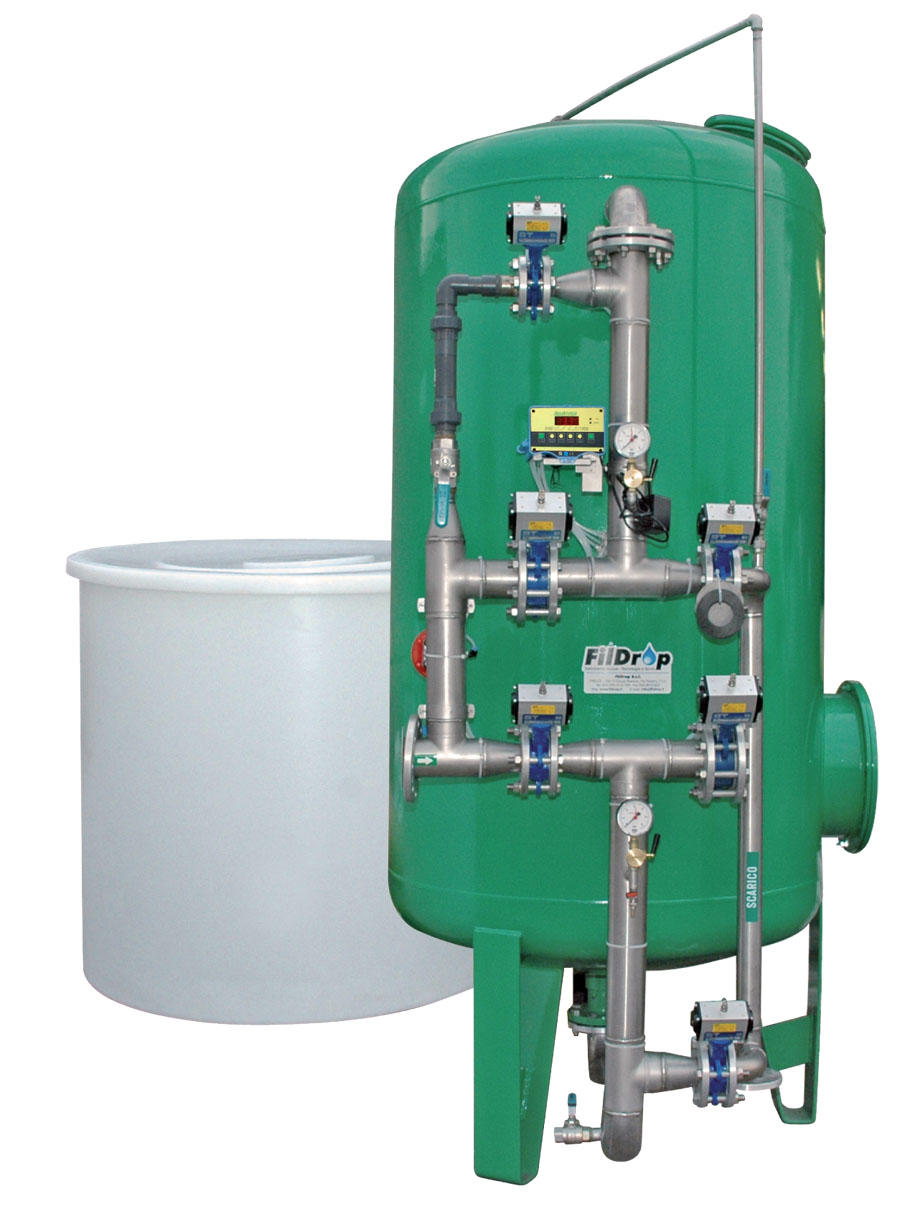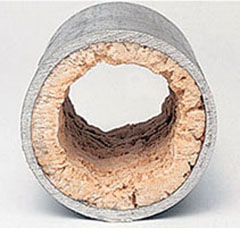Softeners

Water arrives at our taps via an unchanging cycle: the continuous action of the wind and the sun evaporates water from the oceans, seas, lakes and, to a lesser degree, from other sources such as rivers, springs etc. Thus clouds are formed, which then return the water to the earth in the form of rain, snow or hail. Some of this water runs into lakes and rivers and some reaches the subterranean basin, only to re- emerge as springs, and the cycle begins again.

Water is an excellent solvent and while passing through the earth's crust, it dissolves and holds mineral substances in solution throughout its course. This enrichment of water by calcium and magnesium salts renders it "hard" and, what is commonly called chalky. The level of water hardness can vary according to the characteristics of the soil and the rocks that the water passes through before being collected for use.The amount of calcium and magnesium salts present in the water is known as "general hardness" and is measured with its hydrometric symbol (GH) expressed in milligrams per litre (mg/l) CaCO3 or in French degrees (°f - 1°f corresponds to 10 mg/l CaCO3). Hardness is subdivided into: "temporary" (carbon hardness) and "permanent" (mineral content).
The calcium and magnesium salts responsible for water hardness are the cause of the hard, compact deposits that lead to efficiency loss in pipes and various domestic appliances, depending on the thickness of the limescale formed.
Why soften water
The most evident problem resulting from hard water is the damage caused by the build-up of scale, which becomes greater as the hardness level and the temperature of the water used rise. It has been proved that water with just 20°f of temporary hardness can create 4.2g of scale for every cubic metre of water heated to 60°C and 25.8 g of scale if the temperature rises to 80°C, and so within the space of a year, bearing in mind the average household consumption of 50 m3, a crust of 1mm or greater can form.
Scale build-up from water hardness causes serious problems:
· Hygiene: irritation, rashes and excessive skin dryness, rough hair and kidney disorders.
· Civic: notable waste of fuel or electrical energy in boilers, clogging of pipes and sho- wer heads, higher use of detergents, both for washing machines and dishwashers, as the majority is used up to neutralize the hardness, matted washing from the excessive wear and tear on textile fibres, unsightly residue on chrome and glass fixtures.
· Industrial: reduction in the lifespan of water heaters and cooling towers, variations in the taste and cooking of food, wear and shedding of fibres in drycleaners etc.
These problems are easily solved thanks to a process known as "softening", which consists in making the water pass through a bed of ion-exchanging resins contained inside a softener apparatus. In proportion to the water hardness, the ion-exchanging resins exhaust their softening capacity and must be regenerated by the addition of sodium chloride, which liberates the resins from the captured hardness salts, returning them to their original capacity.The captured chalky salts are discharged.The softening and regeneration operations take place automatically.
How Fildrop softeners are made
Our success is due to the fact that our appliances offer quality in every single detail:
Containers: they are made from highly resistant fibreglass, thoroughly tested to with- stand a pressure of 10.5 bar, or from galvanized steel, internally and externally, for semi-industrial and industrial models, tested to pressure of 7.5 bar. Specific construc- tions can be made on request.
Ion-exchanging resins: every softener is equipped with exchanging resins, guaranteed by careful testing, whose principle characteristics are: high exchange capacity and thus lower consumption of salt, homogeneous granule size (from 0.4 to 0.8 mm) to prevent large load loss, high resistance to mechanical wear and tear and thus a long life.
Automation:Fildropsoftenerscomeineithermanualor automaticversionswithtimer control or volume meter control. In the automatic version the timer starts the regene- ration process at a pre-set time based on the predicted water consumption, whereas the volume meter control starts the regeneration process when the pre-set volume of softened water has run out.
Every manoeuvre is regulated by compact hydroelectric valves made from highly resi- stant plastic, which regulate the required flow in the different phases. In the industrial models, this function is regulated by a group of hydraulic diaphragm valves controlled by a pilot that starts and stops each cycle regulated by the timer.



